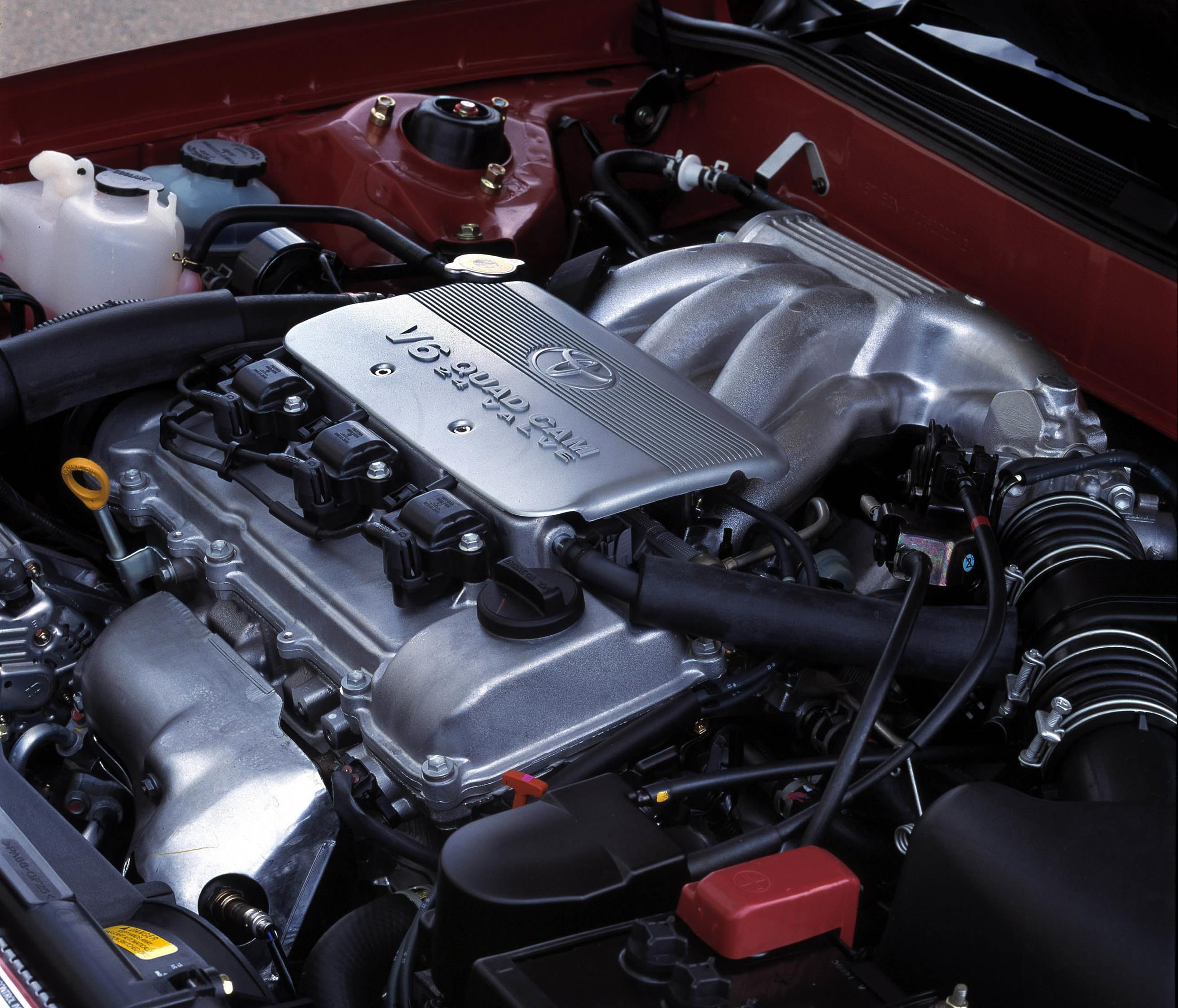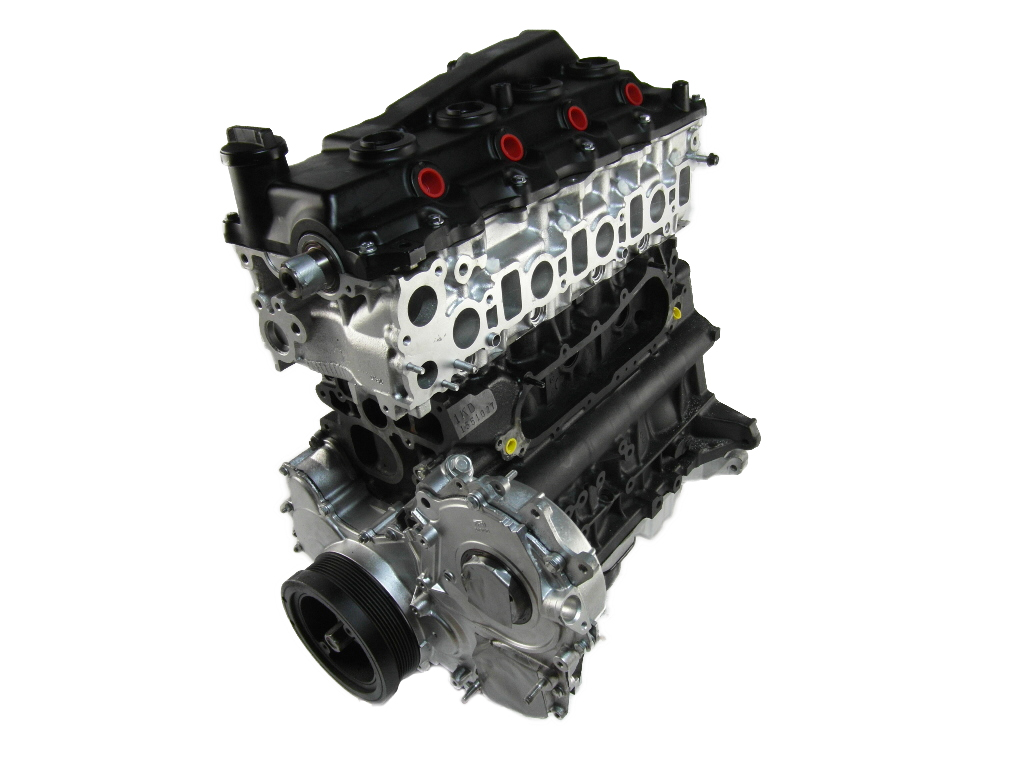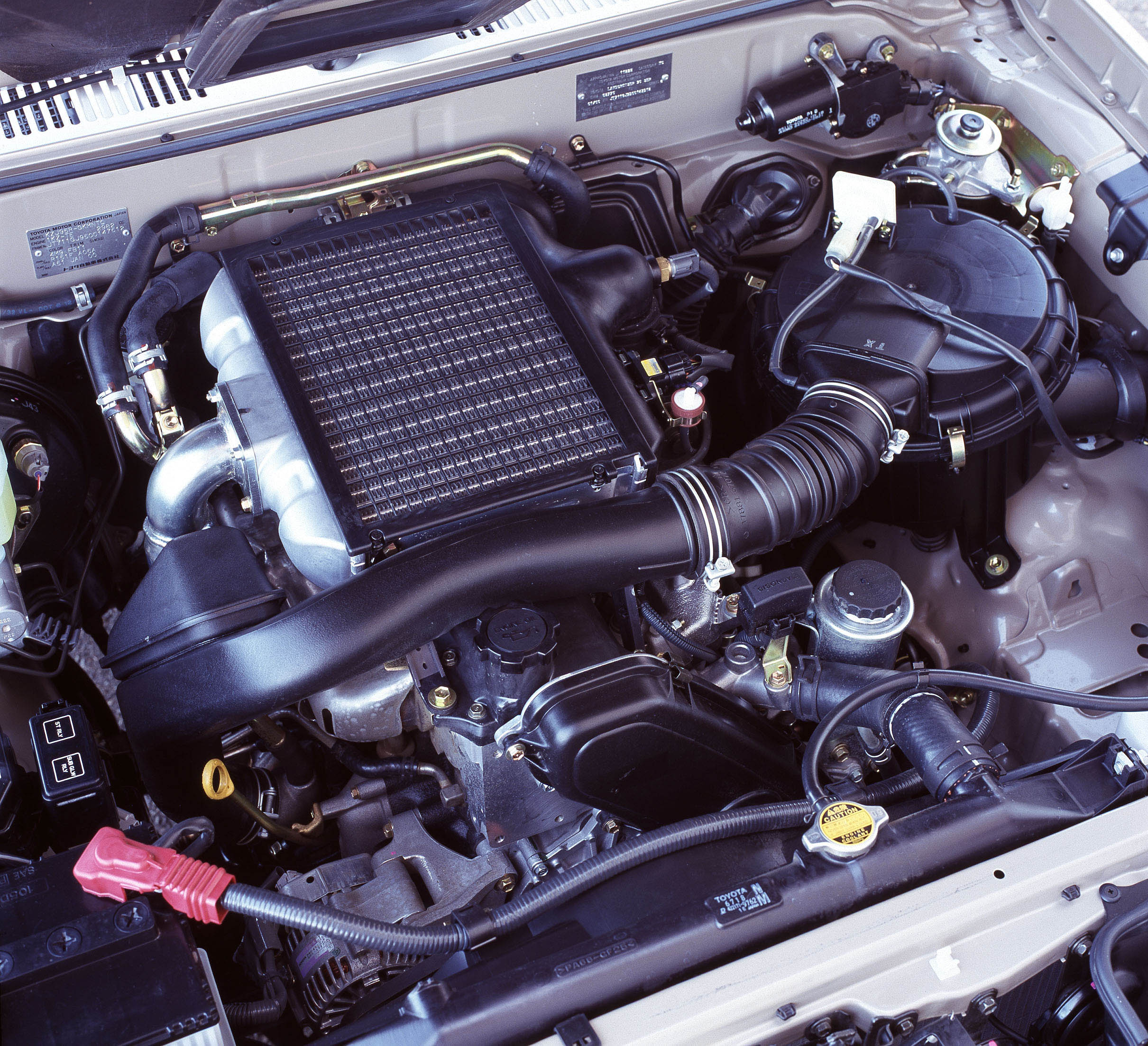Introduction
The Mercedes-Benz OM654 is an inline, four-cylinder diesel engine that is part of a modular engine family with:
- The OM656 inline six-cylinder diesel engine;
- The M264 turbocharged four-cylinder petrol engine;
- The M256 turbocharged inline six-cylinder petrol engine; and,
- The M176 biturbo V8 petrol engine.
Production of the OM654 diesel engine commenced in early 2016 and it was first introduced in the Mercedes-Benz W213 E 220 d. For the W213 E 220 d, the OM654 engine had a dry weight of 168.4 kg, 35.4 kg lighter than the OM651 engine which it effectively replaced.
The OM654 is produced at Mercedes-Benz’s Untertürkeim plant in Baden-Württemberg and by MDC Power in Kölleda in Thuringia.
| OM654 | OM651 | |
|---|---|---|
| No. of cylinders/arrangement | I4 | I4 |
| Valves per cylinder | 4 | 4 |
| Displacement per cylinder | 487.5 cc | 537 cc |
| Displacement | 1950 cc | 2143 cc |
| Cylinder spacing | 90 mm | 94 mm |
| Bore | 82 mm | 83 mm |
| Stroke | 92.3 mm | 99 mm |
| Bore/stroke | 1.12 | 1.193 |
| Connecting rod length | 140 mm | 144 mm |
| Rated output | 143 kW at 3800 rpm | 125 kW at 3000-4200 rpm |
| Peak torque | 400 Nm at 1600-2400 rpm | 400 Nm at 1400-2800 rpm |
| Specific output | 72 kW/l | 58.3 kW/l |
| Compression ratio | 15.5:1 | 16.2:1 |
| Emissions standard | EU6 | EU6 |
| Engine weight (DIN) | 168 kg | 199 kg |
Crankcase
The OM654 engine has an aluminium crankcase with 82.0 mm bores and a stroke of 92.3 mm for a capacity of 1950 cc; like the other OM656, M264, M256 and M176 modular engines, the cylinders are spaced at 90 mm intervals.
Within the cylinder bores, twin-wire arc spraying (TWAS) is used to apply a low-friction coating (‘Nanoslide’) that is based on an iron-carbon alloy. Since the Nanoslide coating results in a microporous surface for the cylinder walls, effective lubrication is achieved without the need for cast-iron cylinder liners. According to Mercedes-Benz, the Nanoslide coating reduces friction between the piston, piston rings and cylinder wall by up to 50 per cent and achieves a mass reduction of several kilograms.
To offset vibrations, the OM654 engine has a Lanchester balancer which consists of two counter-rotating shafts that are driven by a gearwheel.
Crankshaft, connecting rods and pistons
The OM654 engine has a forged crankshaft with six counterweights and which operates on five bearings. Furthermore, the crank assembly is offset and the connecting rods are 140 mm long.
The OM654 engine features flat steel pistons that have stepped combustion bowls, the first diesel engine for passenger cars to have such as design. According to Mercedes-Benz, the stepped bowl has a positive effect on the thermal loading of critical areas of the pistons and achieves a higher burning rate than the previous ‘omega’ combustion bowl.
While the OM651 engine had aluminium pistons, the OM654 engine has steel pistons. Since steel is stronger than aluminium, the pistons for the OM654 engine have a compact and lightweight design. Furthermore, the lower expansion of steel increases clearance between the piston and the aluminium engine block as operating temperatures rise, reducing friction by 40 to 50 per cent.
Chain drive and accessories
The primary timing chain for the OM654 engine is located on the flywheel side and acts directly on a sprocket attached to the crankshaft. As such, the primary chain drives the high-pressure fuel pump, the oil pump and the camshaft drive gear which, in turn, drives the exhaust camshaft; the exhaust camshaft then drives by the intake camshaft. Beyond this, a second chain track drives the tandem oil pump and the vacuum pump.
For the OM654 engine, a poly-V belt – which is tensioned by a self-tensioning belt tensioner – is driven by the crankshaft belt pulley and drives the coolant pump, the alternator and the refrigerant compressor.
Cylinder head
The cylinder head of the OM654 engine is made of an aluminium-silicon alloy and has a double water jacket. According to Mercedes-Benz, the double water jacket improves cooling and is a more rigid than single jacket designs. Flow openings in the cylinder head gasket between the upper and lower water jackets enable the flow and distribution of coolant inside the cylinder head to be adjusted to achieve optimum operating temperatures. Furthermore, each cylinder has one tangential port and one spiral swirl port which can be switched via the intake port shut-off system.
Mounted in a separate camshaft bearing housing, the two overhead camshafts operate two intake valves and two exhaust valves per cylinder via roller cam followers. The valves are arranged in parallel to optimise the cross-section and strength of the combustion plate.
Single Honeywell turbocharger
For the OM654 engine, the intake air mass is measured by a hot film mass air flow sensor and then compressed by a single Honeywell GTD1449 turbocharger which has a water-cooled bearing housing and variable turbine geometry.
The turbocharger itself has three main assemblies: the turbine, the compressor and the bearing housing. In the compressor, clear air is drawn in and accelerated by the rotation of the compressor impeller. Inside the scroll of the compressor housing, air speed is then reduced to increase pressure. The compressor is driven via the turbocharger shaft, while the compressor impeller and turbine wheels are also mounted on the turbocharger shaft. Furthermore, the turbine wheel is turned by exhaust gases that are directed into the turbine housing.
To increase boost pressure, the guide vanes are moved to a closed position since this reduces the flow cross-section between the vanes and increases the inlet speed of the exhaust gases into the turbine wheel. Conversely, the guide vanes are moved to an open position to reduce boost pressure.
Boost pressure control
For the OM654 engine, boost pressure is electronically regulated by an ‘E-actuator’. In this process, a motor actuates the guide vanes of the turbocharger directly via a link rod, and the guide vanes are adjusted steplessly. To calculate the optimum position of the guide vanes, the CDI control unit monitors:
- Coolant temperature;
- Exhaust pressure;
- Intake air pressure;
- Crankshaft speed and position; and,
- Atmospheric pressure.
If there is any risk of thermal or mechanical overload, the CDI control unit reduces boost pressure. For the OM654 engine in the Mercedes-Benz W213 E 220 d, maximum boost pressure is 1.8 bar.
Charge air cooler and charge air manifold
Once the compressed and heated air exits the turbocharger, it is cooled by a charge air cooler (or ‘intercooler’) and fed via the throttle valve actuator to the charge air manifold; the air then flows into the combustion chambers. To improve mixture formation, the intake port shutoff actuator motor can open or close air ducts which are integrated in the charge air manifold, since changes in flow rate and increased swirl can produce for more efficient combustion.
Fuel system and injection
The OM654 engine has a fourth-generation common-rail injection system. Initially, fuel is supplied by the low-pressure fuel pump and compressed by the high-pressure fuel pump (a Bosch CP4 single-piston pump), while fuel quantity is regulated according to requirements via the quantity control valve. The fuel is then routed to the common rail where the pressure regulating valve regulates fuel pressure in the fuel rail to approximately 2050 bar (based on the signal of the high-pressure fuel pressure sensor). The fuel is then fed via high-pressure lines to the eight-hole piezo fuel injectors.
The MRD1 electronic engine management system calculates the injection period and the fuel pressure on the basis of the fifteen sensors and signals. Furthermore, the injection control system has the following sub-functions –
- Pre-injection: up to two pre-injections (i.e. before the main injection) to reduce combustion noise and exhaust emissions;
- Main injection; and,
- Post-injection: used to increase exhaust gas temperatures, assist the regeneration process of the diesel particulate filter and the conversion process of the exhaust components in the oxidation catalytic converter.
Exhaust and emissions
The OM654 has the following emissions reducing items located downstream of the turbocharger:
- A diesel oxidation catalytic converter;
- A third generation Selective Catalytic Reduction (SCR) system. The SCR system injects an aqueous urea solution (‘AdBlue’) into the exhaust system to cause thermolysis and hydrolysis reactions which reduce nitrogen oxides in the exhaust gases;
- An SCR-coated diesel particulate filter (sDPF); and,
- An SCR catalytic converter.
Multi-way Exhaust Gas Recirculation (EGR)
The OM654 engine has multi-way exhaust gas recirculation (EGR) with cooled high-pressure and low-pressure exhaust gas recirculation. According to Mercedes-Benz, the interaction of the low- and high-pressure EGR actuators permits a high EGR rate with no losses in efficiency.
For EGR, the exhaust gas is taken directly from the exhaust manifold, cooled by a heat exchanger that is integrated in the coolant circuit and supplied to the charge air manifold. EGR reduces nitrogen oxide (NOx) emissions in exhaust gases by reducing the oxygen concentration in the combustion chamber and this process is assisted by the reduction in combustion temperature that occurs due to the higher heat capacity of the recirculated exhausts gases (relative to the intake air).
For the OM654 engine, all EGR components are mounted to the engine rather than under the vehicle floor as with the OM651 engine. While EGR is active from idle up to the ‘upper partial-load range’, the low-pressure EGR circuit is only active at coolant temperatures above 60 degrees Celsius and in the idle to mode-rate partial-load ranges.
Emissions testing for W213 E 220 d
The OM654 engine complies with Euro 6 emissions standards and has been designed for future emissions standards based on real-world driving. In the Mercedes-Benz W213 E 220 d, the OM654 was subjected to a test program by DEKRA – a German vehicle inspection company – which assessed Real Driving Emissions (RDE). In testing under varying conditions, W213 the E 220 d emitted less NOx than the limit of 80 mg/km on all applicable RDE routes and, for some routes, the NOx emissions were between 13 mg and 21 mg/km.
| Model | Engine | Peak power | Peak torque |
|---|---|---|---|
| W213 E 200 d, S213 E 200 d |
OM654 DE 20 LA | 110 kW at 3200-4800 rpm | 360 Nm at 1400-2800 rpm |
| W213 E 220 d, S213 E 220 d, C238 E 220 d, A238 E 220 d |
OM654 DE 20 LA | 143 kW at 3800 rpm | 400 Nm at 1600-2400 rpm |


